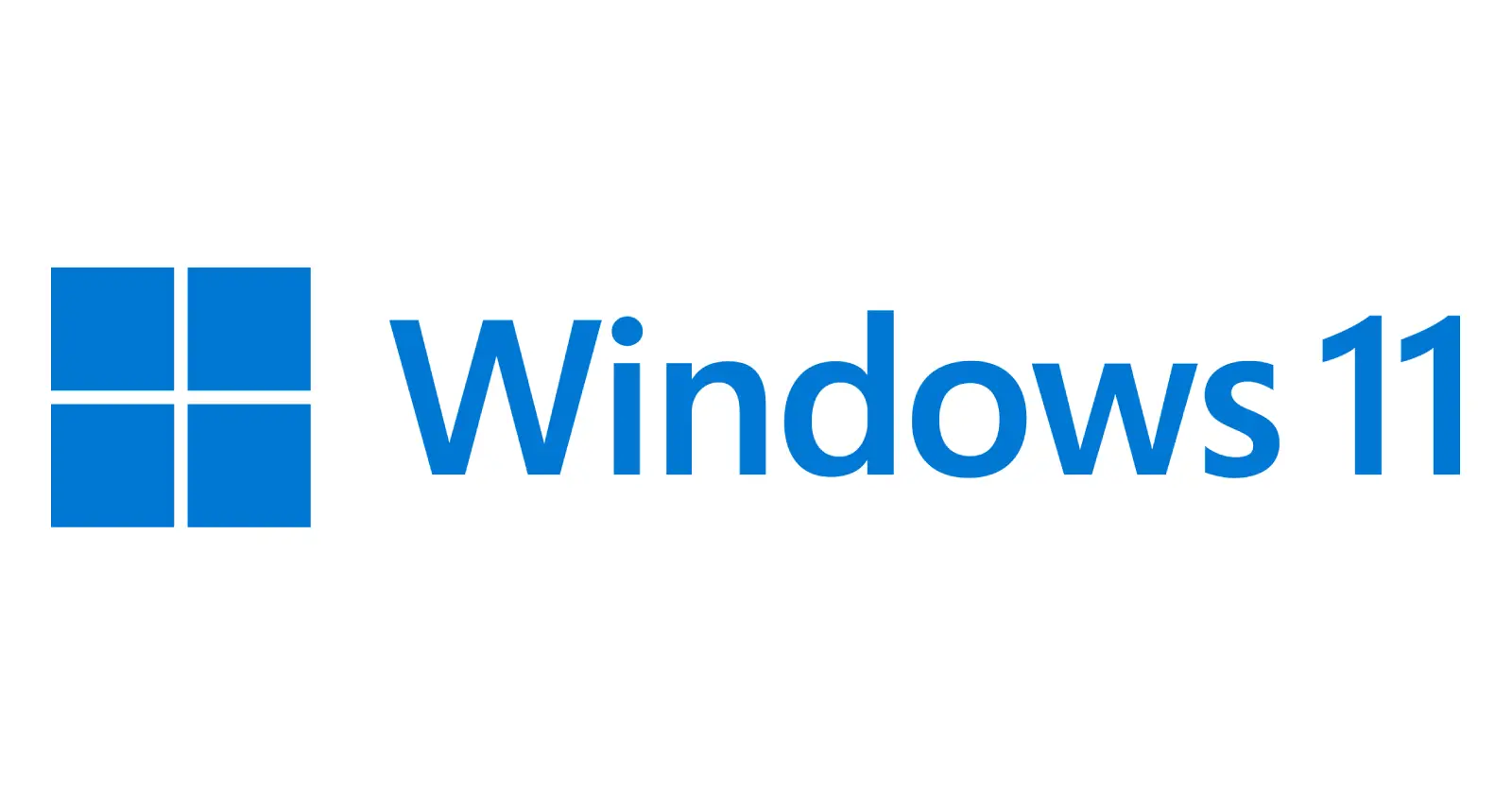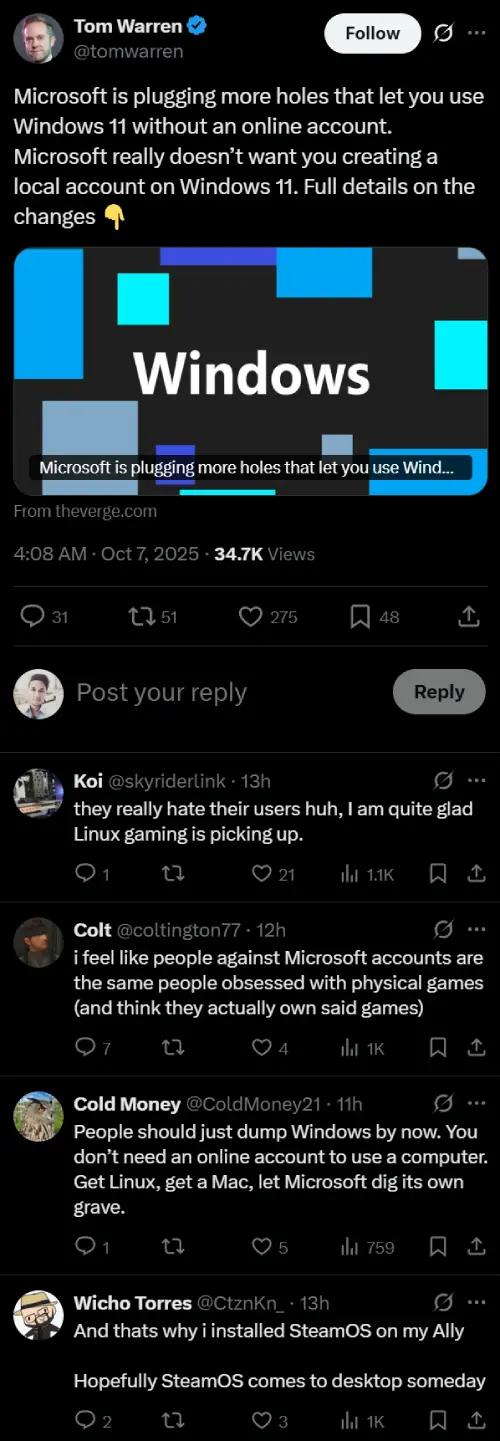Microsoft just made it tougher for folks who prefer setting up Windows 11 with a simple local account, no online sign-in required. In the latest preview builds, the company has shut down several popular tricks that let users dodge the Microsoft account prompt during the initial setup, known as OOBE.
The changes hit commands like "start ms-cxh:localonly," which used to open a backdoor to local account creation. Earlier patches already killed off others, such as "oobe/bypassnro," leaving users with fewer easy options. Microsoft explains this by saying those bypasses often skipped important setup steps, like security configurations or feature activations, which could leave devices half-baked and prone to issues. In their words, users end up with a system “not fully configured for use.” These updates rolled out in Insider Preview Build 26220.6772, and they’re expected to filter into stable versions soon, affecting new installs on home PCs and beyond.
On Reddit’s r/Windows11, a post sharing the news racked up over 400 upvotes and hundreds of comments in hours, with people venting about Microsoft’s “user-hostile” decisions. One frustrated commenter, sonic10158, said: “Microsoft is physically incapable of making a decision that isn’t user-hostile.” Others, like Ellassen, grumbled, “They really don’t want me to keep using their os,” while Catodacat shared switching to a Mac and eyeing Linux next, tired of the constant pushes.
Similar posts on X from tech writers like Zac Bowden and Tom Warren also drew thousands of views and hundreds of likes.
But here’s the thing: the tech community isn’t exactly sitting idle while Microsoft closes these doors. Reddit users have been quick to share potential alternatives that still bypass the requirement.
One method gaining traction involves a simple birthday trick during setup. When the out-of-box experience asks for Microsoft account creation, users report entering today’s date as their birthdate. This triggers a rejection due to COPA (Children’s Online Privacy Protection Act) requirements, which then allows creating an offline account without ever actually making a Microsoft account. Since Microsoft doesn’t want to deal with the legal complexities of very young users, this particular flow exists and likely won’t disappear anytime soon.
For those comfortable with slightly more technical approaches, unattended installations remain a reliable option. Tools like Schneegans’ unattend generator let users create answer files that automate Windows setup with local accounts baked in. Some users even embed PowerShell scripts in these answer files to customize Windows further, from setting up taskbars properly to disabling Bing search integration. The learning curve is steeper than typing a quick command, but it’s become something of a gold standard for people who regularly install Windows on multiple machines.
Windows 11 Pro users have another route: the domain join option. During setup, clicking “Sign-in Options” below the email field reveals a “Domain Join” choice that creates a local account first. While this was technically meant for corporate environments, it works perfectly fine for home users running Pro editions.
Rufus, the popular USB creation tool, can also modify Windows installation images to remove the Microsoft account requirement before you even begin setup. Tom’s Hardware has a nifty guide on how to use it. It’s worth noting that these are user-reported solutions, and your mileage may vary depending on your specific Windows version and hardware configuration.
Plus, there’s also the possibility that Microsoft will patch these workarounds in future builds. So take advantage of these potential solutions while you can. We’ll keep an eye out for more potential workarounds as more users manage to confirm what works and what doesn’t, and update the article.
In the meantime, feel free to share your preferred way to bypass the Microsoft account requirement when setting up Windows 11.
TechIssuesToday primarily focuses on publishing 'breaking' or 'exclusive' tech news. This means, we are usually the first news website on the whole Internet to highlight the topics we cover daily. So far, our stories have been picked up by many mainstream technology publications like The Verge, Macrumors, Forbes, etc. To know more, head here.



